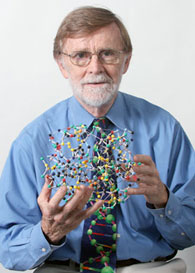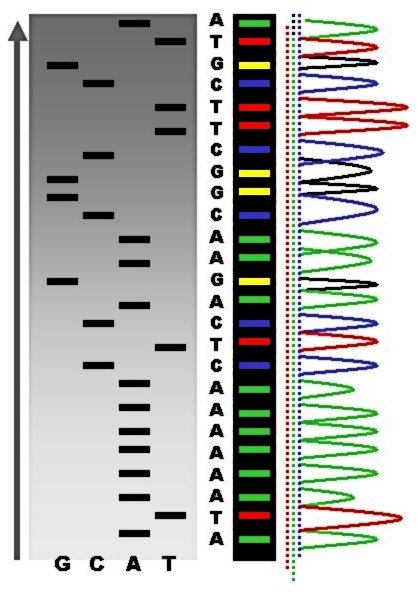About

Dr. William Duax
Dr. William L. “Bill” Duax's distinguished career at the Hauptman-Woodward Institute has spanned more than four decades, and has encompassed major contributions in research, education, and Institute leadership.
On the education side, he has developed an innovative and wildly popular program to mentor high-school students from many Buffalo city, private and suburban schools. These students show their enthusiasm by being willing to train at HWI, on their own time, for two afternoons a week after school as well as all day Friday. “If they want to learn more about scientific research, and are willing to give themselves to it, they should have the opportunity”, says Bill Duax, affectionately known as the "Pied Piper of Bioinformatics".
These students are particularly adept to the computer programming and critical thinking skills needed for work in the Duax computer lab.
Bill's research contributions include over thirty years of NIH-funded research on the function and structure of steroid hormones. During this period, he received a coveted MERIT award from NIH, and published over 275 scientific papers.
Bill has also made enormous contributions both to the Hauptman-Woodward community, and to his professional field at large. He has served as the Head of the Molecular Biophysics Department from 1970 to 1988, as HWI Research Director (1988-1993), and as HWI Executive Vice President for Research (1993-1999). In addition, he has been the President of both the American Crystallographic Association and the International Union of Crystallography.
Publications
Internship Program

An Ancient Family of Proteins
It has been estimated that polycystic kidney disease (PKD) affects as many as one in 500 people. Symptoms of the disease do not arise until long after people have passed defective genes to their children. The protein produced by one of the genes responsible for PKD is one of the largest proteins in the human body. This 4200-residue protein (polycystin1) has 16 subdomains that have different functions. The discovery of mutations at hundreds of sites in this protein makes it difficult to identify the exact causes of the disease.
Polycystic Kidney Disease
It has been estimated that polycystic kidney disease (PKD) affects as many as one in 500 people. Symptoms of the disease do not arise until long after people have passed defective genes to their children. The protein produced by one of the genes responsible for PKD is one of the largest proteins in the human body. This 4200-residue protein (polycystin1) has 16 subdomains that have different functions. The discovery of mutations at hundreds of sites in this protein makes it difficult to identify the exact causes of the disease.

Evolution of the Genetic Code
In principal, any strand of double-helical DNA could be read in six different ways to produce six proteins having completely different sequences, folds, and functions. The different proteins come from six different frames in which the gene can be read. The reading frame that corresponds to a protein product is called its open reading frame (ORF). I